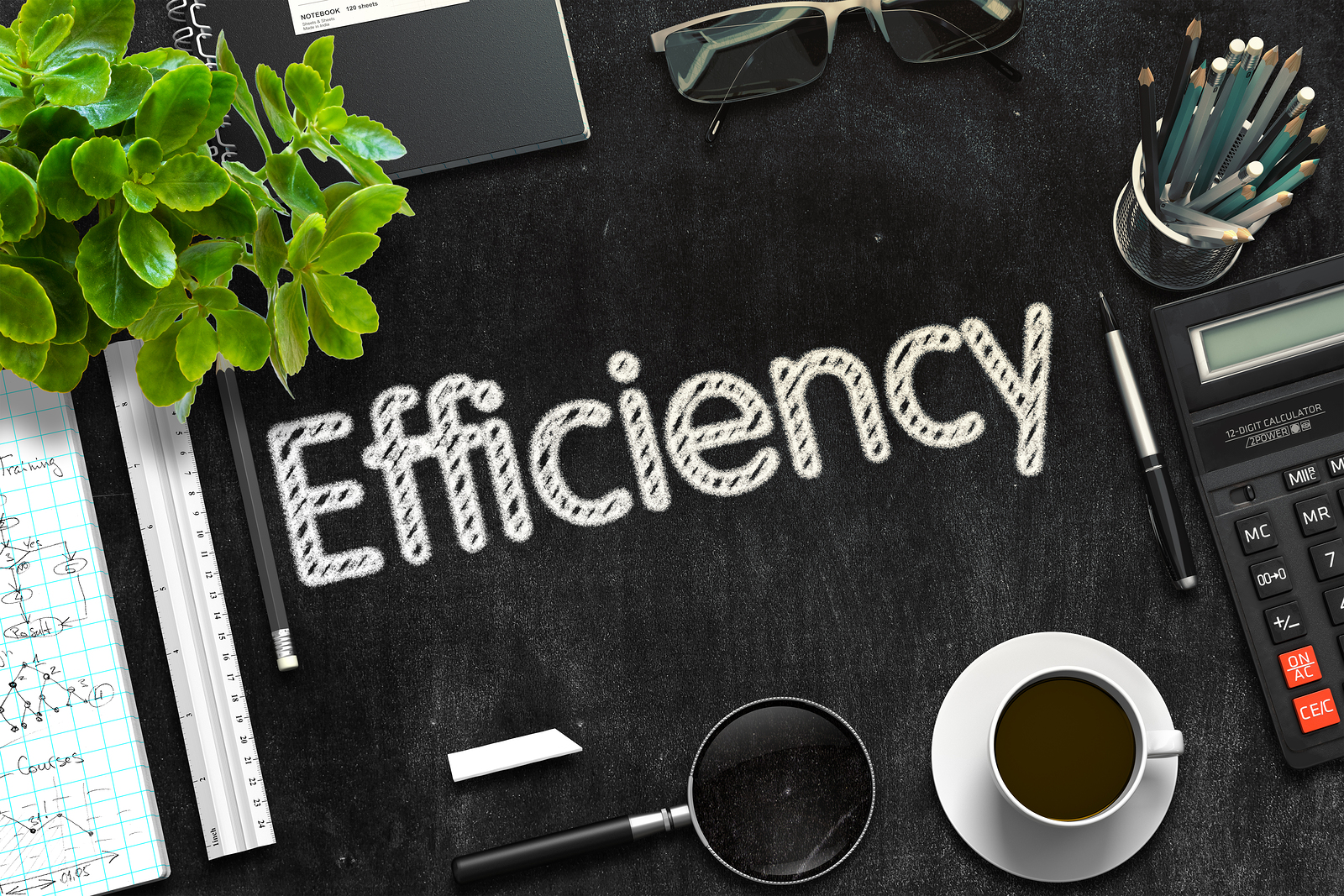
5 Psychological Ways to Improve Efficiency in the Workplace
For most businesses, increased efficiency in the workplace leads to increased productivity with the eventual outcome being increased revenue. This is why most business owners and managers see the value of improving efficiency in the workplace, yet a diverse set of factors can prevent this from happening. Efficiency is not just about doing more in less time but rather producing a better work product with less effort.
It’s not uncommon to see a highly skilled, industrious professional constrained by the environment within their workplace. No one benefits when talented employees become overpaid seat fillers; but how do we keep that from happening? Workplace efficiency looks different to different people at different organizations. In that same vein, different people will have different reactions to the same strategies. So rather than using a one size fits all approach, consider trying these five simple yet versatile psychology-based methods to improve workplace efficiency.

1. Provide Meaningful Work
Extrinsic motivation, meaning providing rewards such as bonuses and raises, does not foster long-term engagement or retention. Human nature dictates that most people work towards monetary rewards until they receive them and then move on to the next tangible treat. In contrast, intrinsic motivation inspires people to do their best from a sense of integrity and personal motivation.
The human survival instinct has been overtaken by a primary desire for self-actualization, so many people are now seeking to find meaning in their jobs. Deloitte University Press’ Global Human Capital Trends 2016 has found that engaging in meaningful work is a driving force in productivity and engagement. When there is a conscious philosophy or meaning assigned to tasks, employees will see more value in their work which motivates them to do their job with more efficacy. This means that leaders must develop an aligned mission built on an increased sense of social awareness to motivate their staff and promote engagement and efficiency.
2. Recognize Employees’ Efforts
Recognition goes a long way in improving workplace efficiency. A recent Gallup poll found that two-thirds of the employees who were surveyed had not been given any recognition for their efforts at work in seven days. And as expected, two-thirds of the employees in that same survey said they felt disengaged.
People want to be recognized for their work. Recognition and feedback is an effective way to increase engagement while boosting morale, productivity, and efficiency. A study conducted by Dr. David DeSteno at Northeastern University indicated that experiencing compassion or pride increases persistence on demanding tasks over 30 percent. Dr. DeSteno’s study revealed that when we make people feel appreciated, they’ll spend more time assisting others, are more loyal, and more disposed to work longer and harder on tough problems.
In addition, employers who understand their employees’ assets are 71 percent more likely to have an energized and engaged workplace. Therefore, building a more efficient and enthusiastic organization requires leaders to engage in finding efficiencies in the workplace and provide meaningful recognition and feedback.
3. Promote Diversity
Presuming that your workplace is monolithic can unintentionally mask its differences. When diversity is not recognized, it precludes us from analysing other perspectives in achieving common goals. In any workplace, employees function differently according to their various backgrounds and experiences. Recognising this fact is a positive way to resolve the variegated issues that course through a diverse global economy. According to Global Diversity & Inclusion Strategist Andrés Tapia, being able to productively view differences requires the skill set of “cross-cultural agility.” This skill will allow managers to form high functioning teams that utilise their unique abilities to invoke creativity and accomplish organisational goals.
4. Be Flexible
Managers go to great lengths to determine how to create efficiency in the workplace, yet they might fail to notice one of the most proven methods to increase their business’ bottom line. Job flexibility has shown to create a happier and more productive workplace. With the ability to be connected from any location, more employees are choosing to work from home.
The work flex solution finds that individuals who have some degree of control over their work schedule are more efficient workers. The Harvard Business Review states that employees are 13 percent more productive when working from home. So research shows that employers can improve efficiency by developing new options beyond the traditional workplace model.
5. Encourage Breaks
A brain can only do so much work before the central nervous system becomes exhausted. Breaks may hold a negative connotation for some employers but they are essential in maximising workplace efficiency. Research shows that the best work to break ratio is 52 to 17 minutes of work and rest. This formula is not set in stone; however, tired employees are more likely to make mistakes and less likely to work at optimum capacity.
To assist with a workplace mental reboot, try creating a break room for your employees to recharge. Provide mats for stretching, an area for light exercise, or provide games such as wooden puzzles to improve brain function. When employers create opportunities for their teams to reboot, the organisation will function more efficiently and the workplace will be a more pleasant environment.
It’s not necessary to hire expensive consultants or offer special perks to improve workplace efficiency. There are numerous ways for businesses to motivate employees to take ownership of their work and produce high-quality output. Leaders who exhibit flexibility and recognise employees for their efforts will increase efficiency and foster an environment of collegiality and trust.
